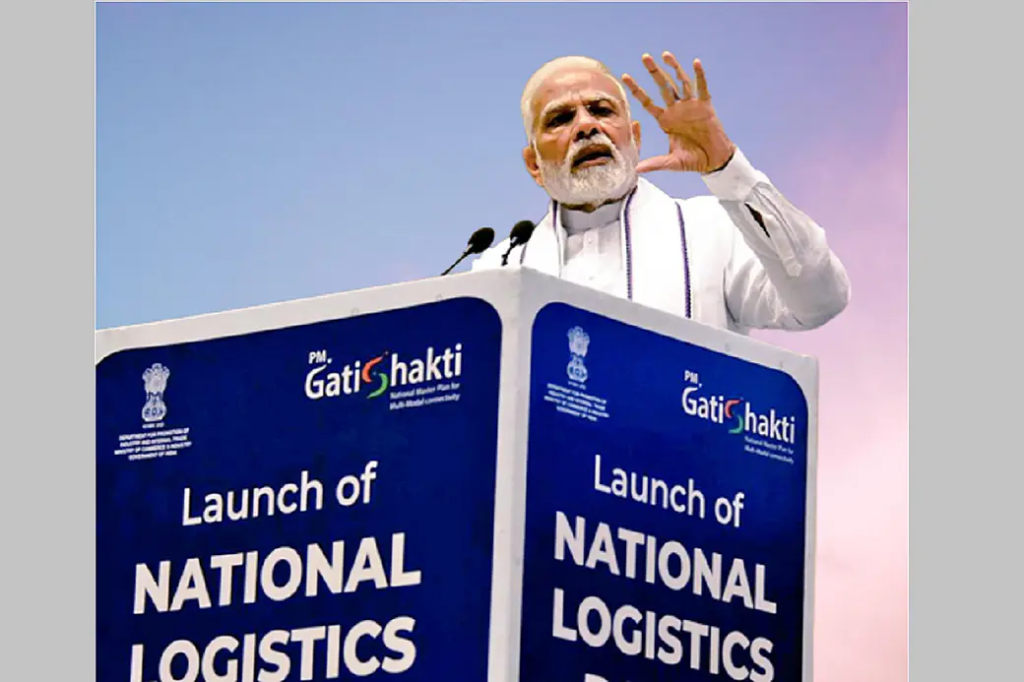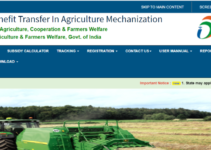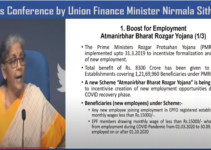Prime Minister Narendra Modi unveiled the National Logistics Policy on September 17, 2022, to enhance India’s trading industry. Launched on the same day as the reintroduction of cheetahs in India, the PM said that baggage should rush like a cheetah, emphasizing that logistics expenditures contribute to 13 to 14% of India’s GDP, nearly twice what they are in affluent nations. In today’s article, we will learn about the New National Logistics Policy and the reason behind its launch. Additionally, we will discuss its benefits and features as well.

Table of Contents
National Logistics Policy 2022
First, we will understand the term “logistics”. The term “logistics” refers to a broad category of facilities that are essential to commercial activity. These establishments involve transportation services for both the transportation of goods, storage infrastructure that is especially important for the trade in perishable products, including food products, fruits, and veggies, and the efficient operation of government services that support commercial activity, such as licensing and norms.
The National Logistics Policy was made so that the Indian logistics sector could become a key driver of economic growth. This will be done by making businesses, government agencies, and society as a whole work together better and more closely. Study Says: India’s logistics costs are 13% of GDP. Developed nations don’t have this problem. High logistics costs impair India’s competitiveness. Gujarat, Punjab, and Haryana topped the different states’ rankings. But we need a lot of improvements.
Sarthi Parivahan Sewa
New National Logistics Policy Overview
| Policy Name | National Logistics Policy |
| Launch date | 21 September 2022 |
| Launch By | Prime Minister Narender Modi |
| Objectives | infrastructures to economic zones. |
| Website | Coming soon |
National Logistics Policy Objectives
The goal of the policy is to build a logistics ecosystem in India that is technology-enabled, integrated, cost-effective, self-reliant, feasible, and dependable. This will help India grow quickly for everyone. With the National Logistics Policy, India will try to get its logistics costs down to the same level as world standards by 2030. This will also help create data-driven tools that help people make decisions for a better logistics environment.
By better integrating the distribution network, this strategy will save logistics and inventory costs, increase agility, and improve responsiveness while also lowering obstacles. New centers of development will be created with the help of the Multi-modal Logistics Park, which identifies 35 places around the nation. India hopes that it will be able to achieve its goal of being among the top 25 nations in the Logistics Performance Index rating by the year 2030 if it is able to successfully execute its National Logistics Policy. The strategy aims to strengthen PM Modi’s Gati Shakti–National Master Plan by providing intermodal infrastructures to economic zones.
Driving Licence Apply Online
Logistics Services Platform Launched
In accordance with the National Logistics Strategy, a brand-new online site known as Ease of Logistics Services – E-Logs has been initiated. “Through this platform, industry organizations would be able to directly take up any such issues with the government entities that are creating difficulties in their operations and performance. According to Modi had to say, “a comprehensive framework has also been put in place for the swift settlement of such matters.”
How the Government is Improving Logistics
Previous programs and plans to improve logistics were FASTag for electronic toll tax collection and faceless customs inspection. The largest of these plans is Gati Shakti. A lot of material on state infrastructure investments has been compiled.” The PM Gatishakti site has 1500 layers of national and state government data.
Ministries now have a single platform to track infrastructure projects. According to the Government, the Center aims to build 200 airports, helipads, and water aerodromes over the next 4 to 5 years and roughly double the current natural gas pipeline network of 19,000 km.
New Driving Licence Rules
National Logistics Policy Benefits and Features
Features and focal points of the policy are listed below:
- In 5 years, the program should lower logistics costs from 15% of India’s GDP to 8%. India must minimize logistics costs to promote exports and domestic product efficiency. Reduced logistics costs boost efficiency across several industries, supporting wealth creation and entrepreneurship.
- The government aims to be among the top 25 countries in the Logistics Performance Index (LPI) by 2030.
- The NLP will include the Unified Logistics Interface Platform. It would unite transportation-related online services into a unified platform, saving exporters time and resources.
- Ease of Logistics Services will allow companies to immediately contact government agencies with questions and complaints.
- Indian logistics is unstructured yet large. The policy aims to promote blockchain and AI adoption in the country and organize the mega-market.
- Every Indian state needs a Logistics Coordination Committee. Each state’s performance will be evaluated annually using the LEADS index. The central government will give a template for improving logistical efficiency, allowing states to build their own systems.
- This sector includes 20 major and 40 subordinate government agencies. 50 IT centers, banks, insurance firms, 37 export promotion committees, 200 shipping companies, 36 logistics services, 129 inland container depots, 168 container freight terminals.


